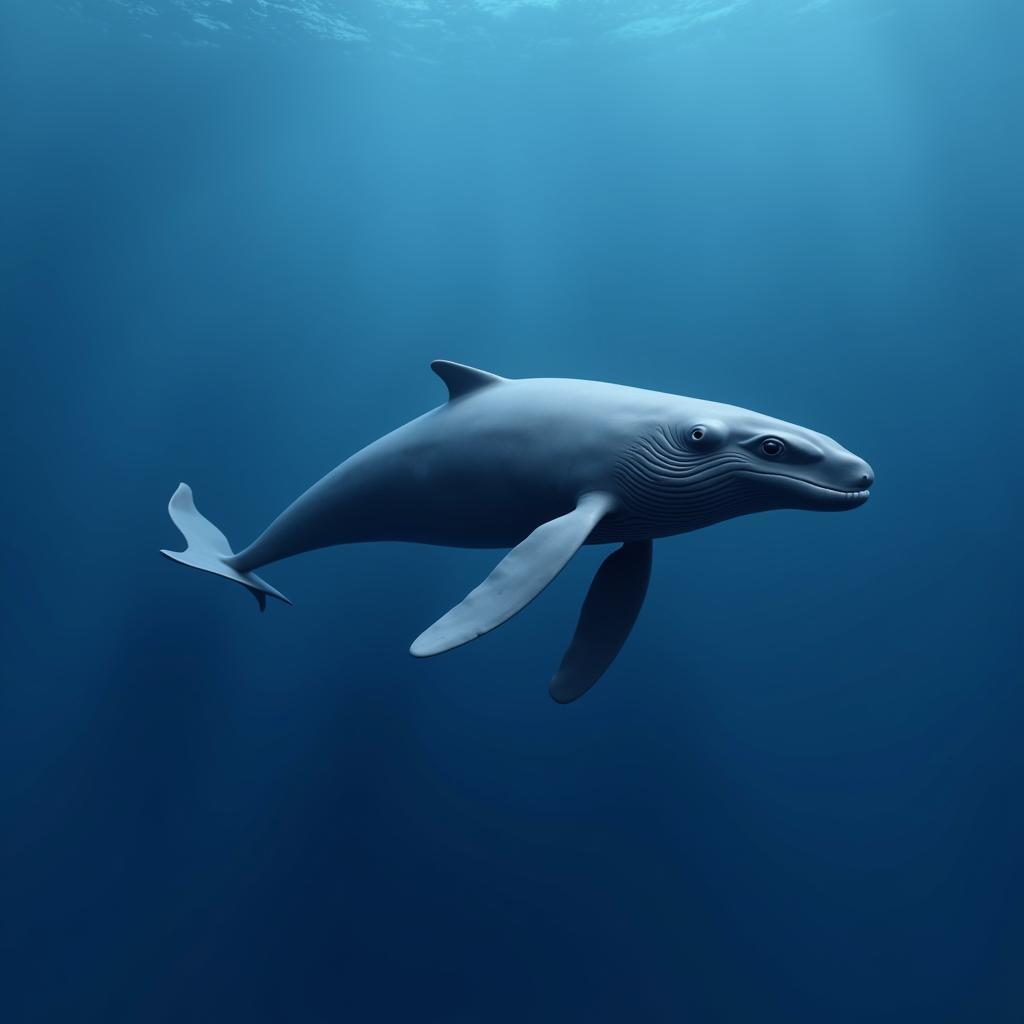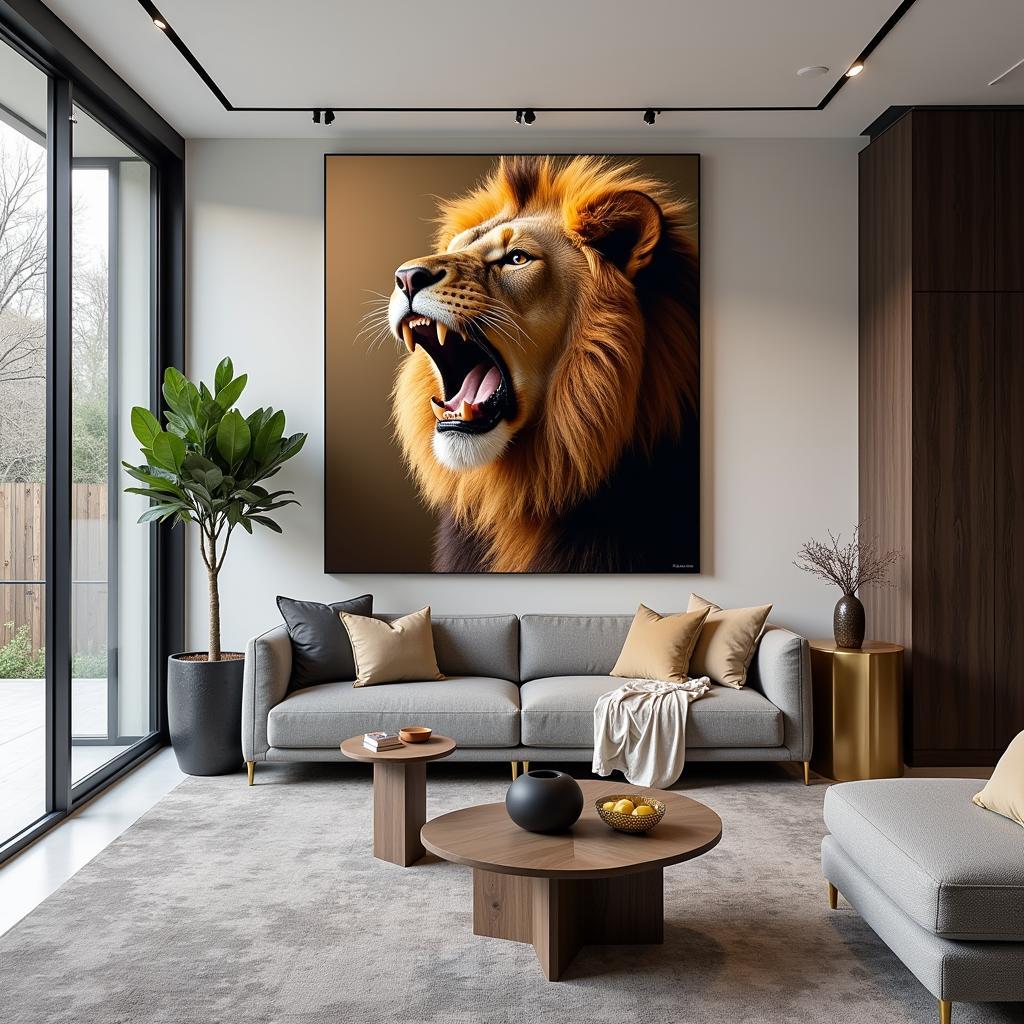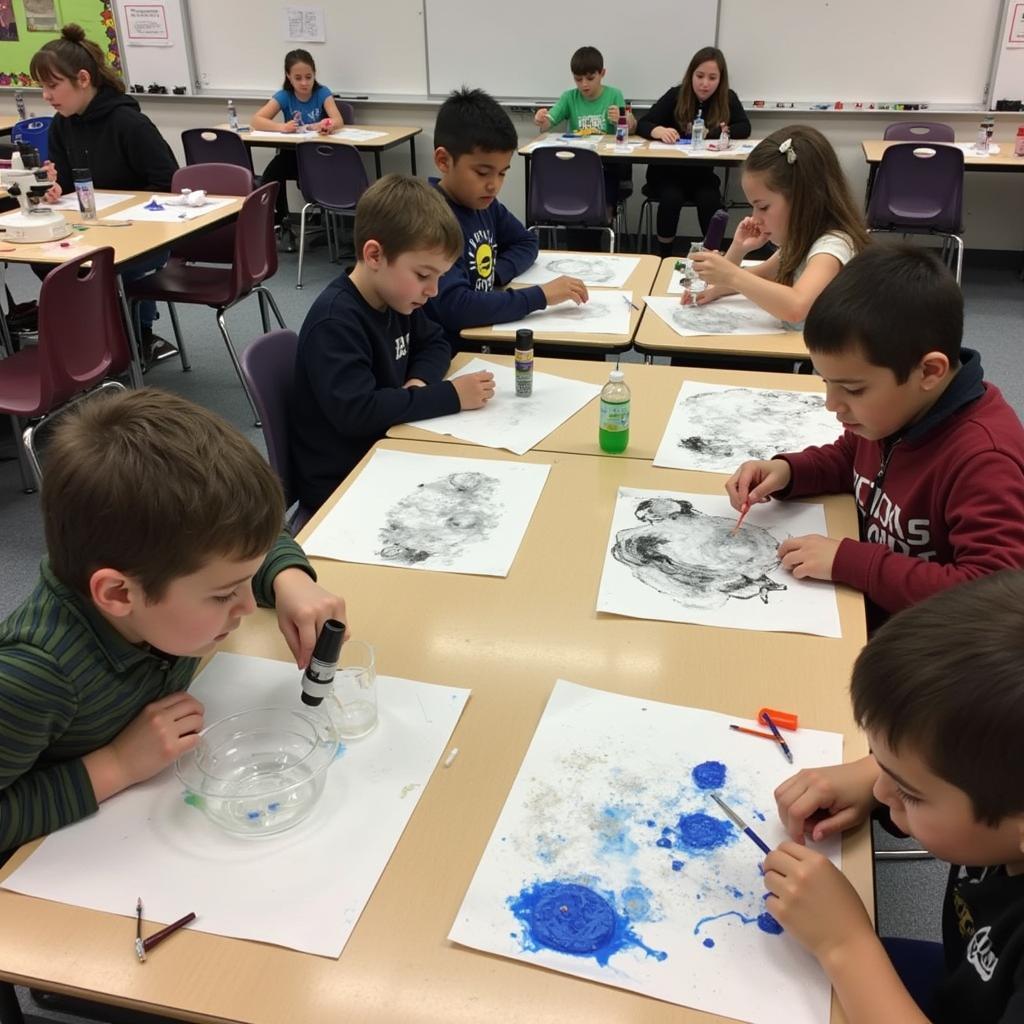Dive into the Depths of 3D Ocean Art
3d Ocean Art offers a captivating blend of technology and artistic expression, bringing the mesmerizing underwater world to life in stunning detail. From vibrant coral reefs teeming with life to the mysterious depths of the ocean floor, 3D artists are pushing the boundaries of digital creation, crafting immersive experiences that evoke wonder and inspire awe. This article explores the fascinating realm of 3D ocean art, delving into its various forms, techniques, and the creative minds behind these breathtaking digital masterpieces.
Exploring the Wonders of 3D Ocean Art
3D ocean art encompasses a diverse range of styles and techniques, each offering a unique perspective on the underwater world. Whether it’s a realistic depiction of a whale gliding through the deep blue or a stylized interpretation of a coral reef bathed in sunlight, these artworks capture the essence of the ocean’s beauty and power. The use of 3D technology allows artists to create immersive environments that invite viewers to explore the hidden wonders beneath the surface. Imagine swimming alongside majestic sea turtles, encountering playful dolphins, or witnessing the bioluminescent glow of deep-sea creatures, all from the comfort of your own home. 3D ocean art makes these experiences possible, bridging the gap between the digital and natural worlds.
After this captivating introduction, you might find yourself drawn to explore other forms of digital art, such as 3d minimalist wall art, which offers a different kind of visual serenity.
One of the most compelling aspects of 3D ocean art is its ability to raise awareness about the importance of ocean conservation. By showcasing the beauty and fragility of marine ecosystems, these artworks can inspire viewers to take action to protect our oceans.
Creating 3D Ocean Art: Techniques and Tools
Creating 3D ocean art requires a combination of artistic vision and technical expertise. Artists utilize various software and tools to bring their underwater creations to life. Popular 3D modeling software such as Blender and Maya allow artists to sculpt and shape intricate details, from the scales of a fish to the flowing tendrils of seaweed. Texturing and lighting play a crucial role in bringing realism and depth to the artwork. Artists carefully craft textures that mimic the appearance of water, coral, and marine life, while lighting techniques create the illusion of underwater light refraction and shadows. Animation software adds another dimension to 3D ocean art, allowing artists to create dynamic scenes with moving fish, swaying kelp forests, and rippling waves.
You might also be interested in checking out 3d ocean wall art for inspiring pieces that bring the ocean’s tranquility to your living space.
The Artists Behind the Magic: Vision and Inspiration
The artists who create 3D ocean art are driven by a passion for the ocean and a desire to share its wonders with the world. Their inspiration often comes from personal experiences, scientific discoveries, and a deep appreciation for marine life. Many 3D ocean artists collaborate with marine biologists and oceanographers to ensure the accuracy and authenticity of their work. This collaboration not only enhances the artistic value of the pieces but also contributes to scientific understanding and education. By blending artistic vision with scientific knowledge, these artists create powerful and impactful works that inspire both awe and respect for the ocean.
If you are looking for metal art inspired by the sea, check out 3d wall metal art, which offers a unique and durable way to bring ocean-themed art into your home.
 Majestic Whale in 3D
Majestic Whale in 3D
Conclusion: The Future of 3D Ocean Art
3D ocean art is a constantly evolving field, with new technologies and techniques pushing the boundaries of what’s possible. As virtual and augmented reality become more accessible, we can expect to see even more immersive and interactive 3D ocean experiences. From virtual dives to interactive installations, 3D ocean art has the potential to transform how we experience and connect with the underwater world. By embracing the power of technology and artistic expression, we can deepen our understanding and appreciation for the ocean’s vital role in our planet’s health. Explore the beauty of digital beach art for another perspective on coastal landscapes and seascapes.
FAQ
-
What software is used to create 3D ocean art? Blender, Maya, and Cinema 4D are commonly used.
-
How can I learn to create 3D ocean art? Online tutorials, courses, and workshops are available for various skill levels.
-
What are some common themes in 3D ocean art? Coral reefs, deep-sea creatures, whales, and shipwrecks are popular subjects.
-
How is 3D ocean art used for conservation? By raising awareness about marine ecosystems and inspiring action to protect them.
-
What is the future of 3D ocean art? Increased use of VR and AR technologies for more immersive experiences.
-
Where can I find 3D ocean art? Online platforms, art galleries, and museums showcase 3D ocean art.
-
How can I commission a 3D ocean artwork? Many artists offer custom creation services, allowing you to bring your unique vision to life.
Need help with ocean-inspired art?
Check out New England Wall Art for a unique collection of pieces inspired by the coastal beauty of New England.
If you need assistance, please contact us: Phone: 02462573573, Email: [email protected] or visit us at Savico Megamall, 7-9 Đ. Nguyễn Văn Linh, Gia Thụy, Long Biên, Hà Nội 10000, Việt Nam. We have a 24/7 customer service team.




